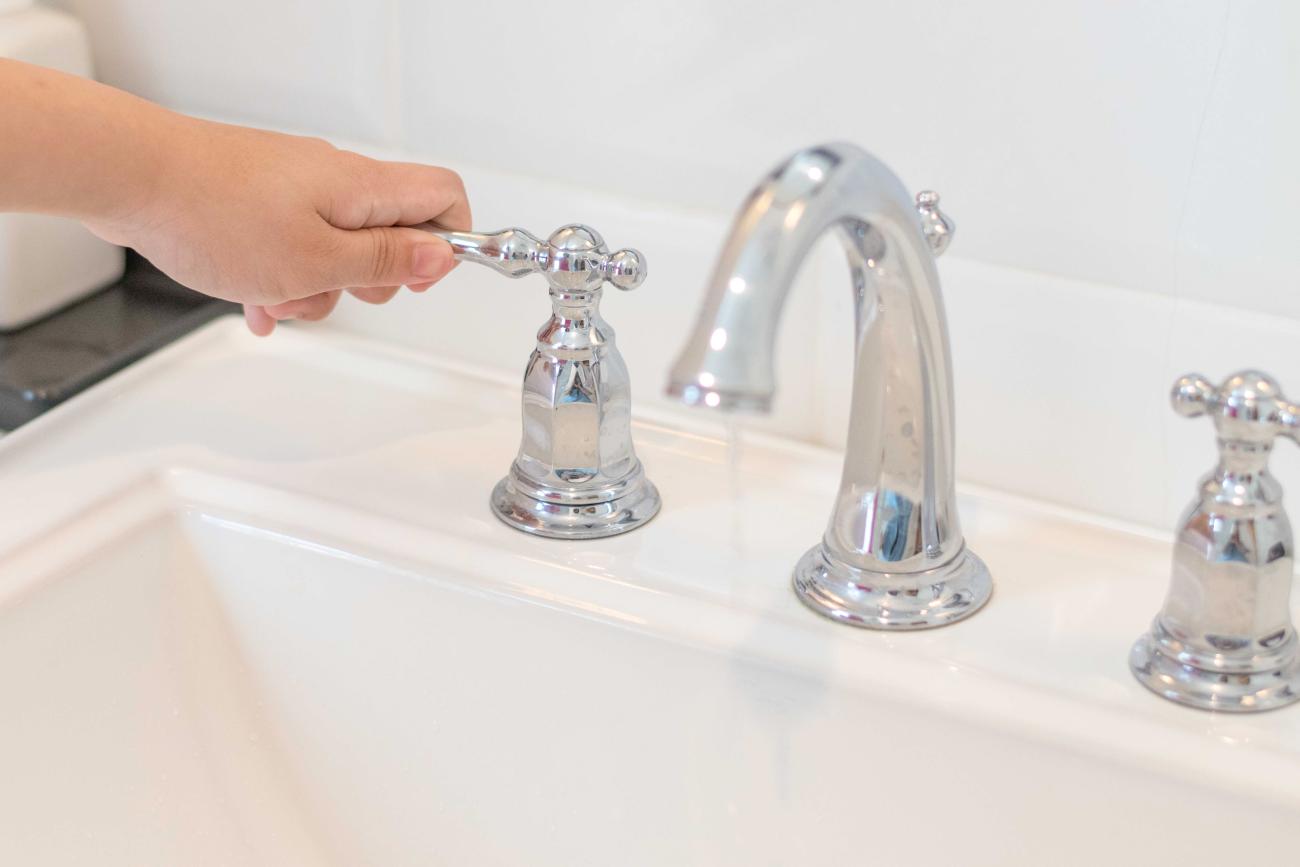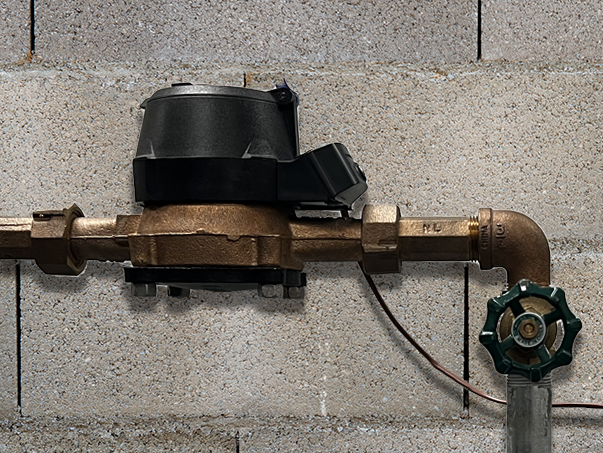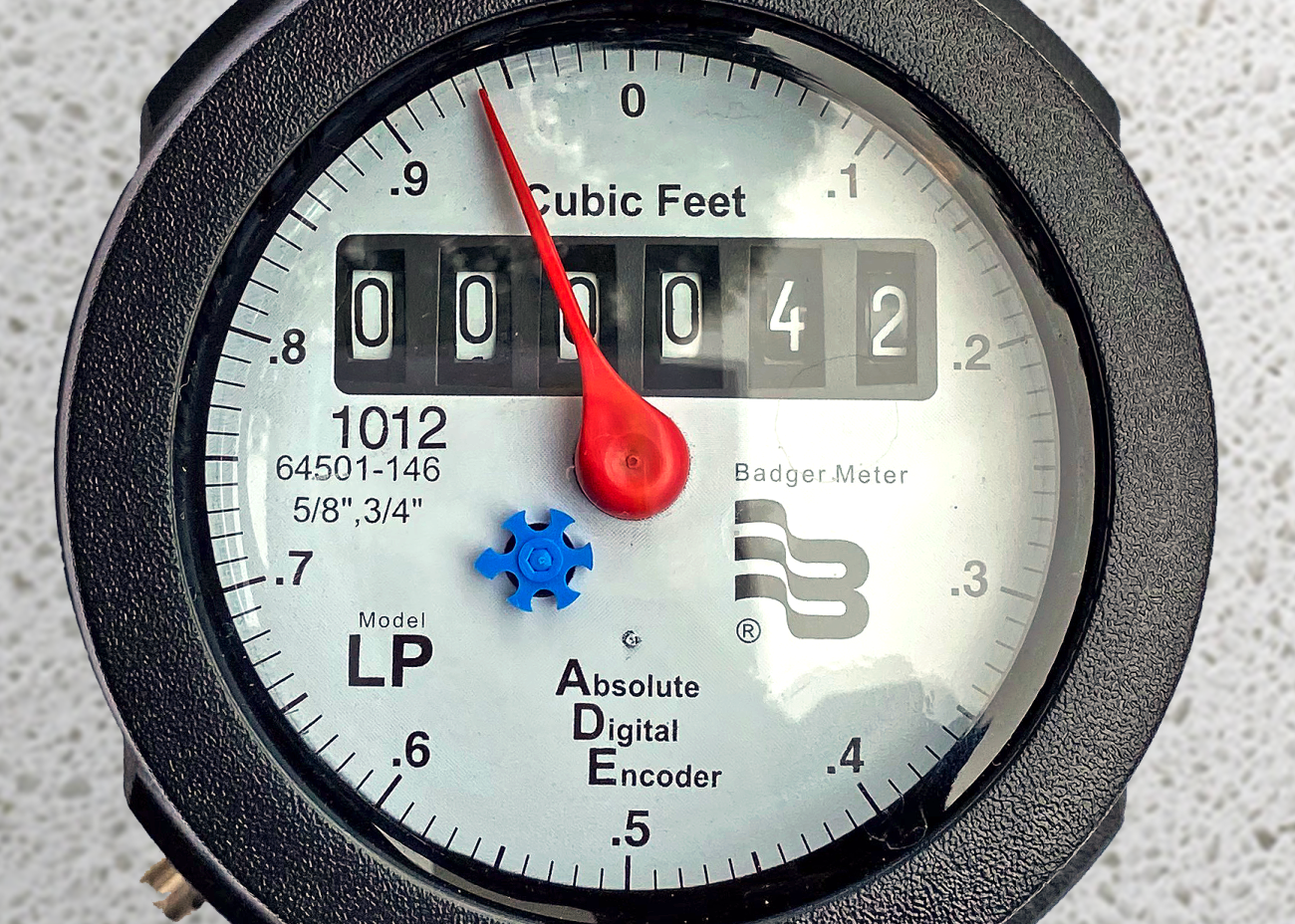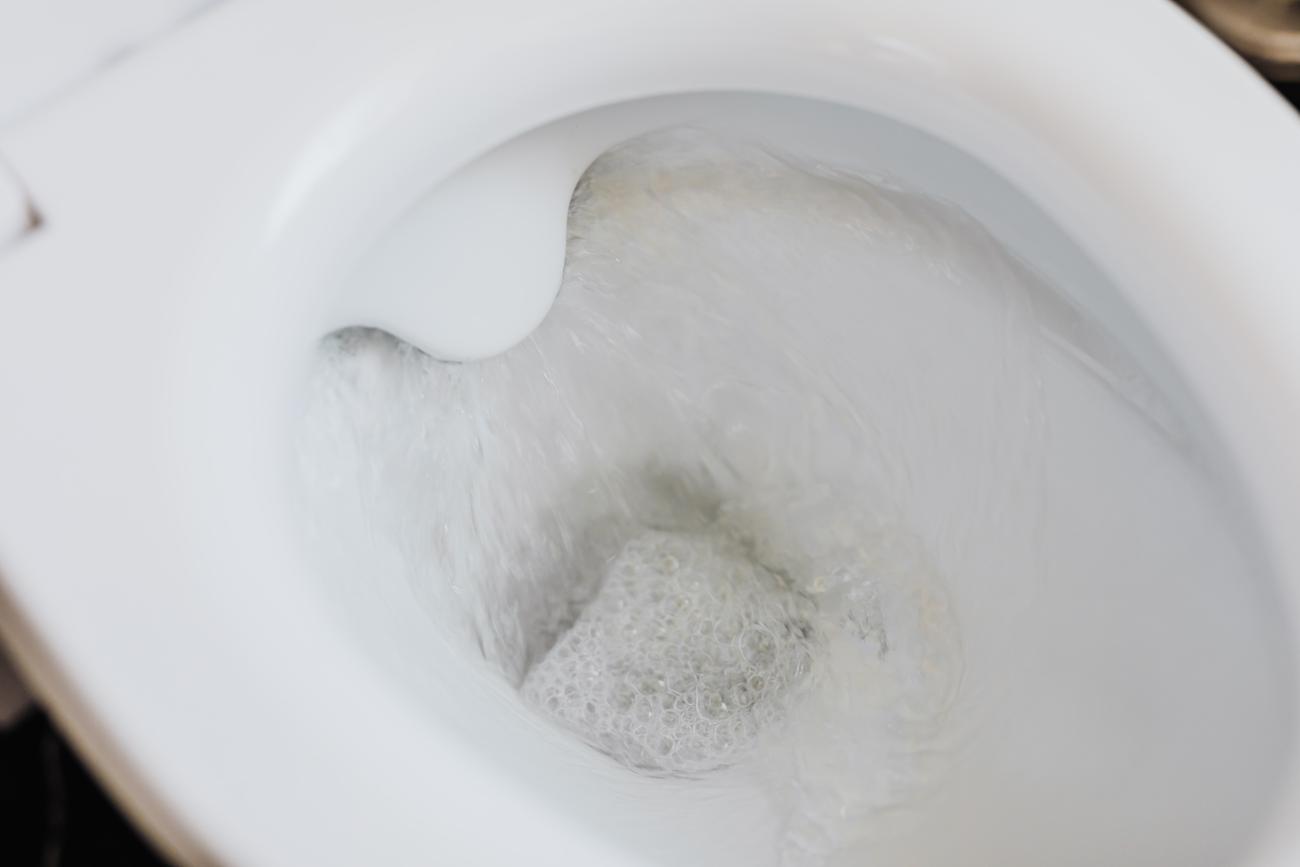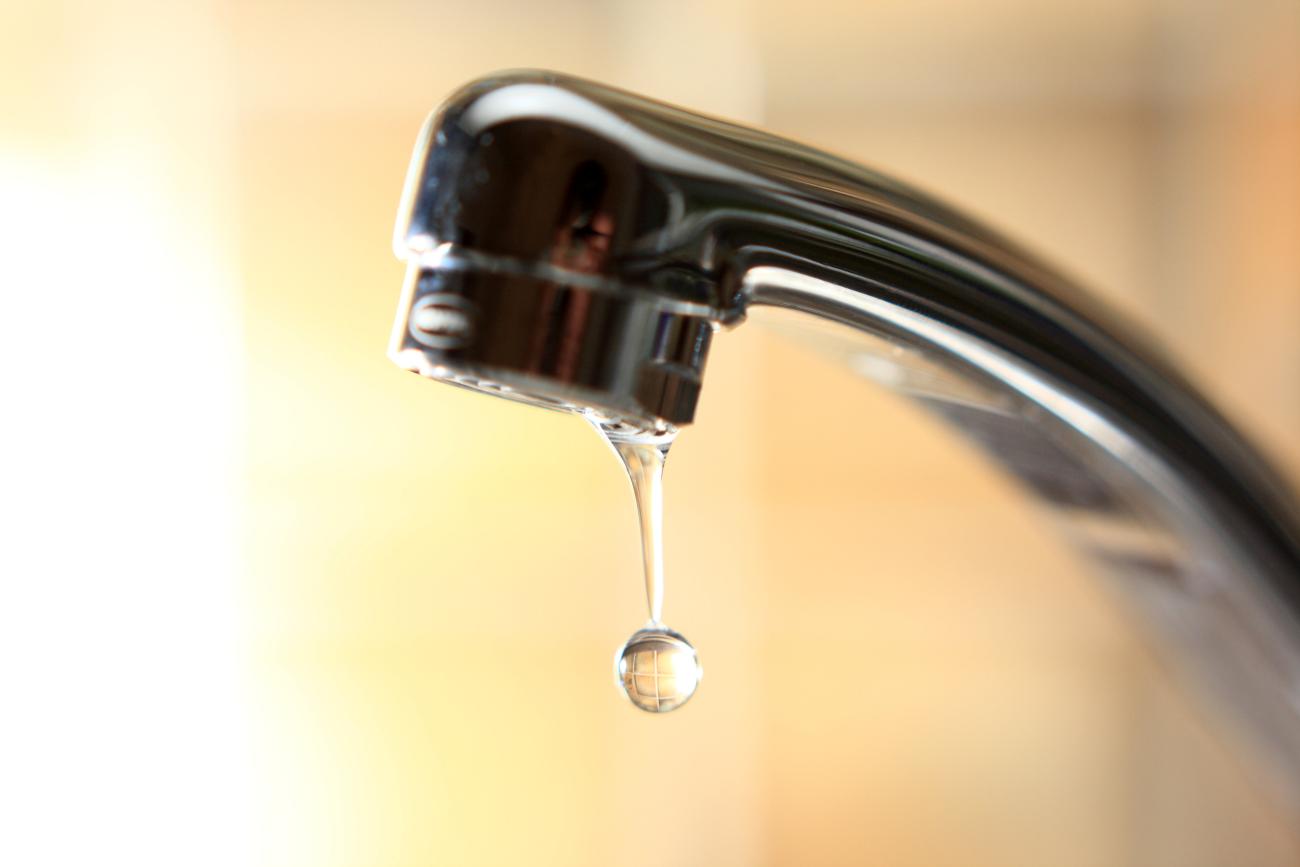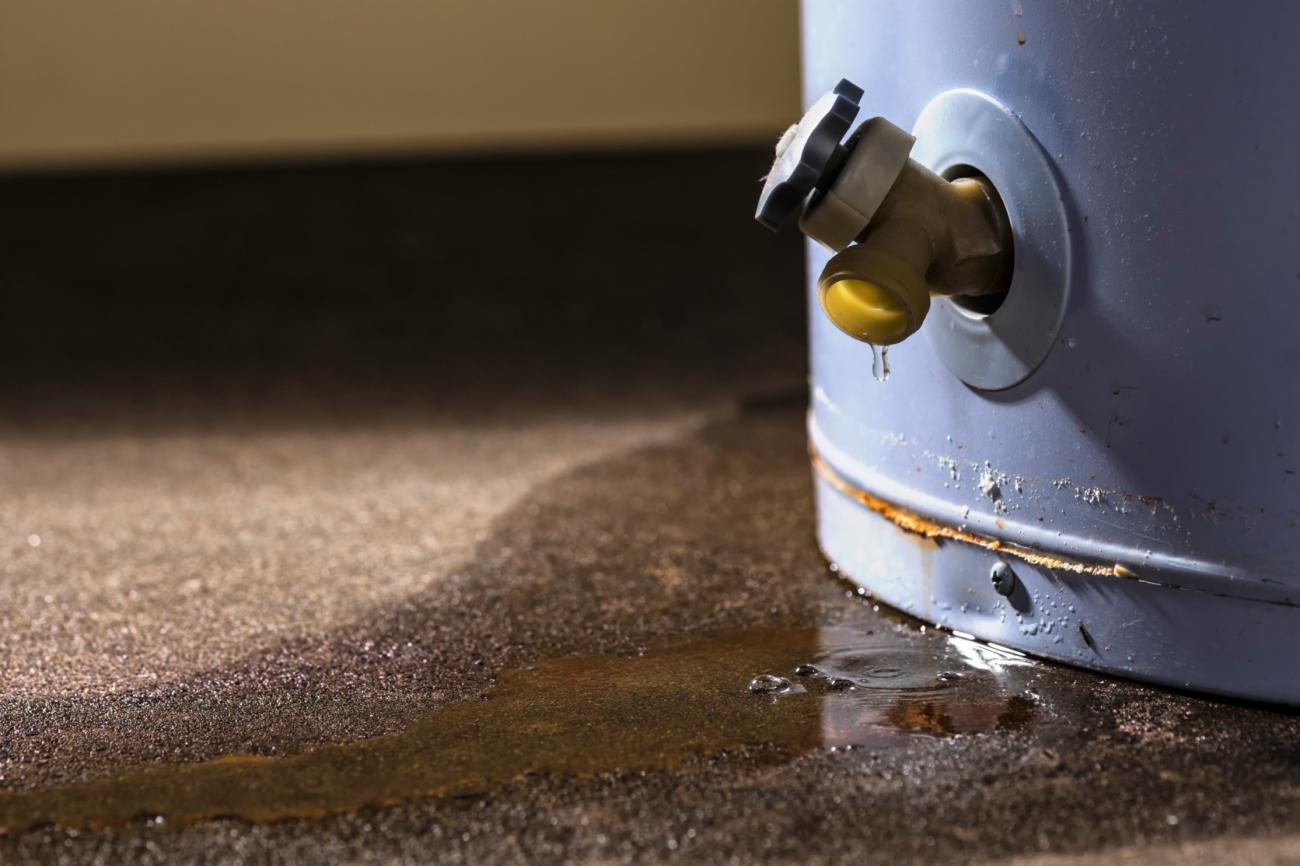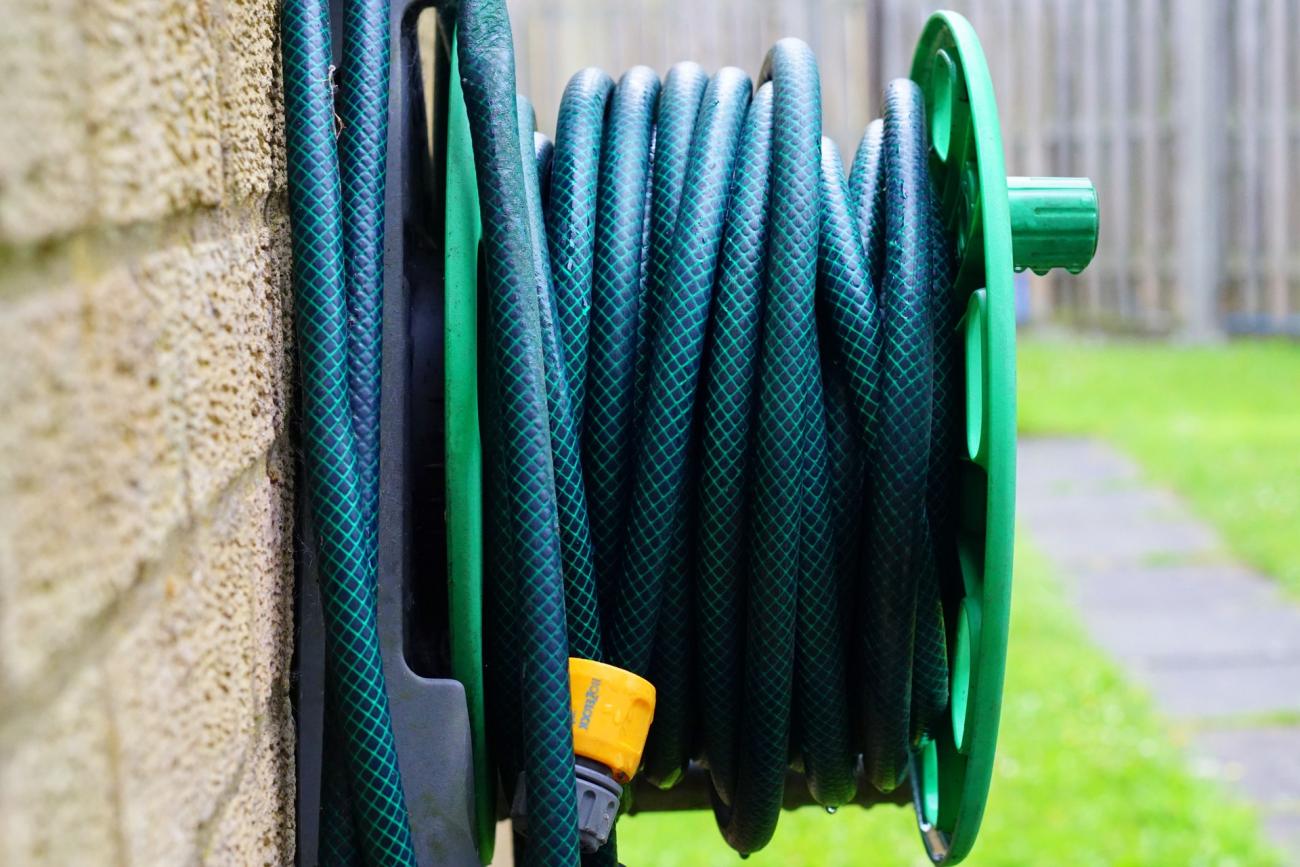Leak Detection
Water leaks are more common than you might think. If left unchecked, leaks can run up unnecessary charges on your water bill and cause damage to your home. But you can protect your home and your wallet with a few simple steps.
Cleveland Water is responsible for making repairs between the water main in the street and the curb stop. Any leak that occurs on the customer's service line is the responsibility of the customer. This includes the water line that runs from the tree lawn to the water meter, any irrigation systems, and all indoor plumbing.
We offer a bill adjustment for residents who experience an undetected, underground leak and have it repaired. This allows a customer to receive up to 50% off excess consumption of one billing cycle upon submission of a Plumbing Repair Statement.
How to Check for Leaks
The easiest and quickest way to know if you have a leak is by checking your water usage with the Cleveland Water web portal. An unusual spike in your water usage, usage showing at times when you aren't using water, or usage steadily increasing even though you're not using more, could all be signs of a leak. All residential customers automatically receive a letter about a potential leak when a meter registers 7 days of continuous usage. Customers with a portal account can receive these notices via email. You can also check for a leak in your home by following these simple steps. How to Find a Water Leak Video
Step 1
Turn off anything that uses water inside or outside your home. Check around faucets, toilets, water heaters, etc. for signs of a leak like puddles of water or drips.
Step 2
Find your meter. This is typically located in a basement or crawl space where your water line enters your home.
Step 3
On the meter, locate the blue star, white triangle, or red circle-shaped test wheel on the register face. If the test wheel is spinning even though no water is being used anywhere, you likely have a leak somewhere.
Where to Find Leaks
Typical sources of leaks are often easy to fix, requiring only a few tools and hardware that can pay for themselves in water savings.
Toilets
A running toilet can waste as much as 200 gallons of water or more per day.
The most common cause of a toilet leak is the rubber flapper valve. Over time, the valve becomes worn out and does not seal shut properly. Replacing the valve is a quick and easy fix. One way to find out if you have a toilet leak is to place a drop of food coloring in the toilet tank. Wait 15-30 minutes without flushing. If the color shows up in the bowl, you have a leak.
Faucets
A leaking faucet that drips at a rate of 1 drip per second can waste more than 3,000 gallons of water a year.
The most common sources of a faucet leak are a worn-out washer or gasket, a loose O ring, or a corroded valve seat. These problems are easily fixed with inexpensive parts available at most hardware stores.
Shower heads
A showerhead leaking at 10 drips per minute wastes more than 500 gallons of water per year.
Most leaky showerheads can be fixed by ensuring a tight connection between the showerhead and pipe stem using pipe tape. You may also need to replace the washer inside the showerhead. Consider replacing an old showerhead with a more efficient, low-flow one.
Appliances
Appliance leaks are one of the most common issues causing costly water damage. A burst washing machine or dishwasher hose can send gallons of water flooding through your home.
Check any water-using appliances, such as dishwashers, refrigerators, washing machines and water heaters, for puddles or drips. These appliances often have plastic or rubber hoses that should be regularly checked for clogs, cracks or tears. Tighten any connections and inspect any tubes or hoses, replacing them if necessary
Outdoors
An irrigation system that has a leak 1/32nd of an inch in diameter can waste about 6,300 gallons of water per month.
In-ground irrigation systems, garden hoses, and spigots are often the source of leaks outside of the home. If you have an in-ground irrigation system, check it each spring before use to make sure it wasn’t damaged by frost or freezing. Check your garden hose for leaks at its connection to the spigot. If it leaks, replace the hose washer and ensure a tight connection to the spigot using pipe tape and a wrench.

